Virginia Servera. Palma
Those who have read Aldous Huxley’s Brave New World will remember that there is a narcotic for immediate happiness that disconnects human beings from their will and thought. It is soma. A drug that instantly alleviates the depressive state of the collective and that annuls any restlessness or subversive act that could compromise the established order. Soma – Marc Peris’ artistic name that emanates from this dystopian novel – maintains that this reality “is more topical than ever because people are increasingly dependent on substances to be able to keep going”.
In the midst of the complexity of the current system and in an attempt to question the public and generate an open debate, the street artist Soma started working in Mallorca around twenty years ago: “It seemed to me a direct and more democratic way of showing what you do on a creative level, beyond the gallery and art circuit, which is always aimed at a very specific public”, he explains.
Around 150 of the artist’s murals decorate the streets in the centre of Palma, Inca, Sa Pobla, Calvià, Andratx, Cala Millor… He is especially proud of those in the Canamunt neighbourhood because “they are the ones that have established a dialogue with the neighbours and the people around me”, he says. Soma was one of the first in 2006 to use art to redefine the common spaces of Ciutat.
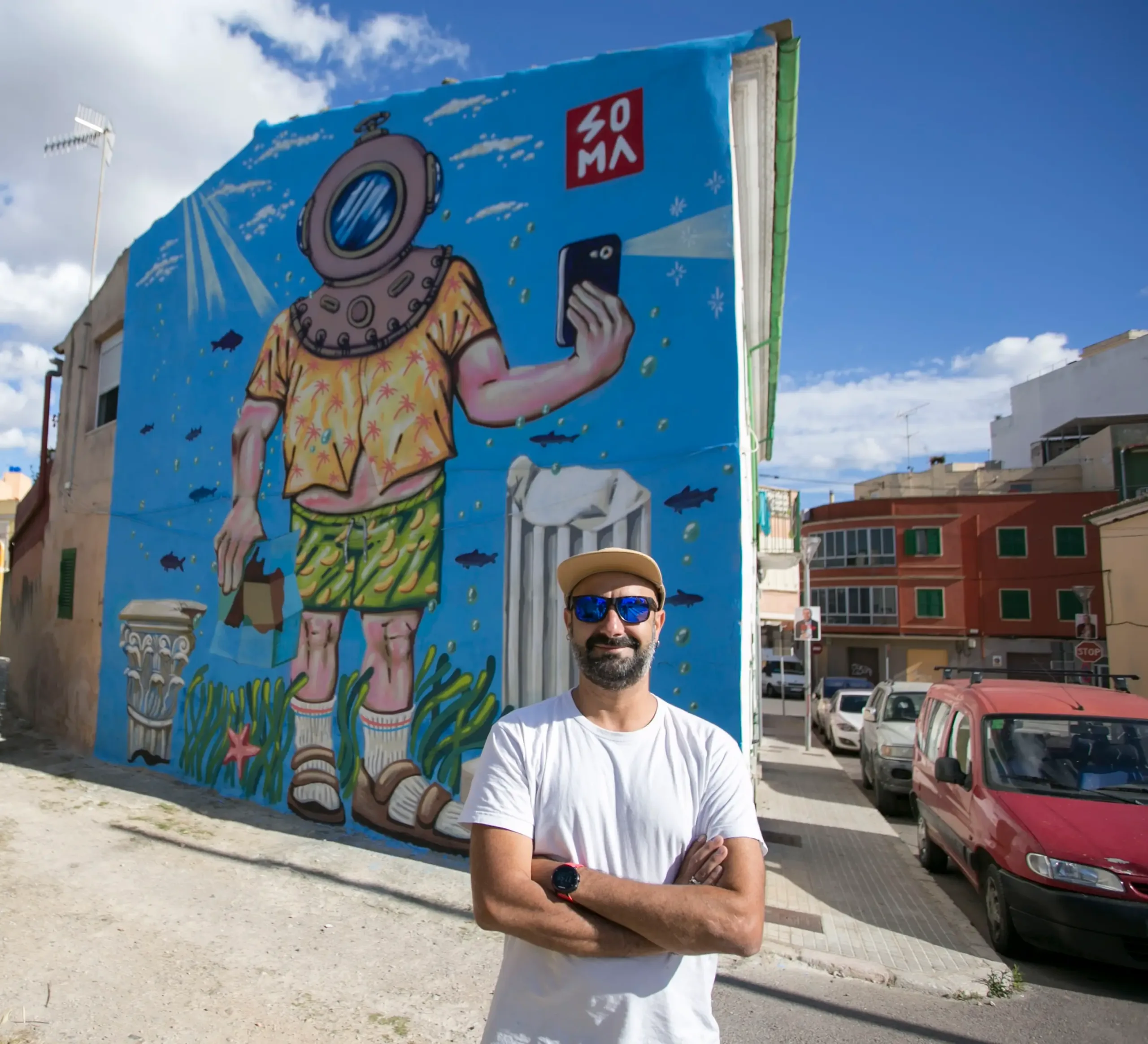
The evolution of urban art
The Mallorcan, who lives between Valencia and Mallorca, conceives urban art as “putting everyday reality in check because it is a type of art that is not under the control of institutions or economics”, he describes. In this sense, he continues, “even if we try to domesticate it, there will always be a wall where anyone can contribute their creativity to the public space”. However, in recent times, street art has also “been related to a large extent to advertising and is used in many places, even tourist sites, to reinvent or promote certain areas… which entails the risk of it ending up as just another postcard”, he warns.
The tendency towards “a certain hyperrealism” that the creator identifies is a derivative that does not fit with him: “People tend to relate photographic realism with the quality of the work and for me it is not always related. I’m not particularly interested in photographic hyperrealism because that’s what photography is for”. When he looks back, Soma remembers a “more avant-garde” and “innovative” street art on a graphic level: “What I’m seeing now is all cut from the same cloth… murals of children, little animals… with very assimilable messages”, he truly laments.
The progressive “touristification” of cities “leaves little space for interventions of this type”. In Barcelona, for example, “there used to be many walls, shutters, street art venues… The current business models (referring to franchises) leave little room for creativity”.
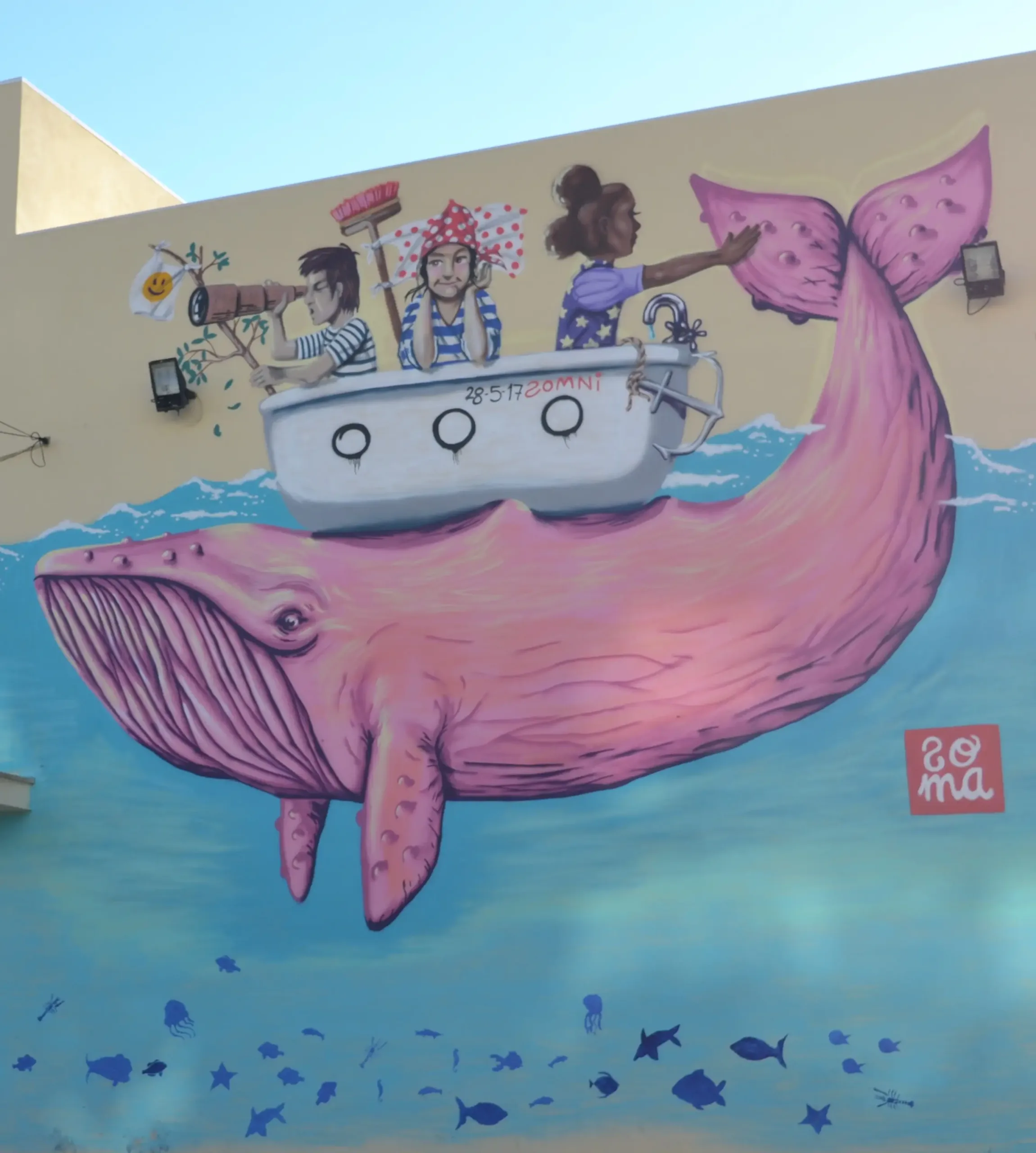
Soma within the walls
Soma’s latest works in Mallorca have been for restaurants and he is planning to paint some murals in several towns in Valencia. He combines this work with being an art teacher at a secondary school. In addition, he wants to recuperate his more personal side: “I have so many commissions, that the more creative part of me, the canvas and the indoor part, has been a bit abandoned. Now that I’m resuming painting, I would like to prepare an exhibition”.

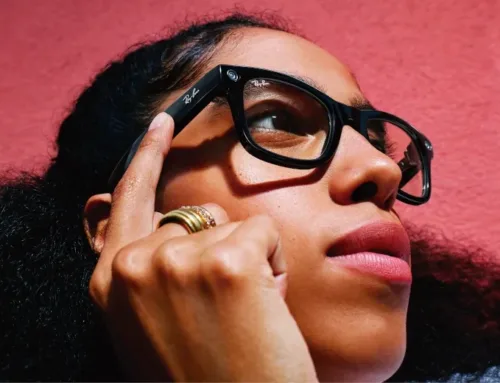
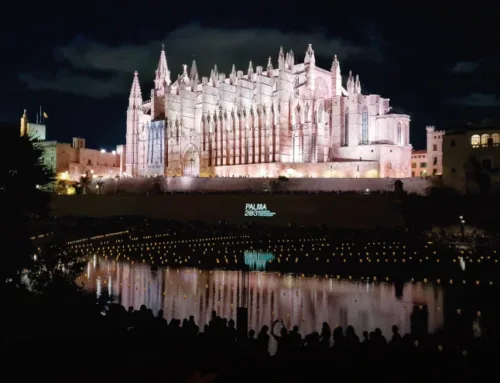
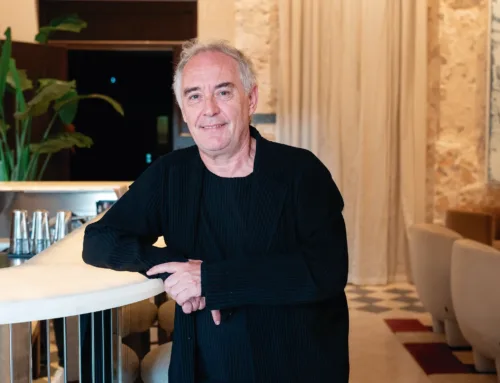
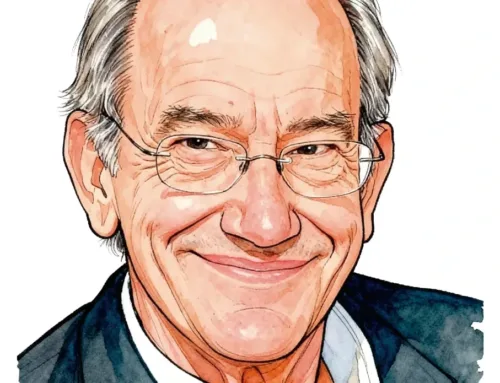


Leave A Comment